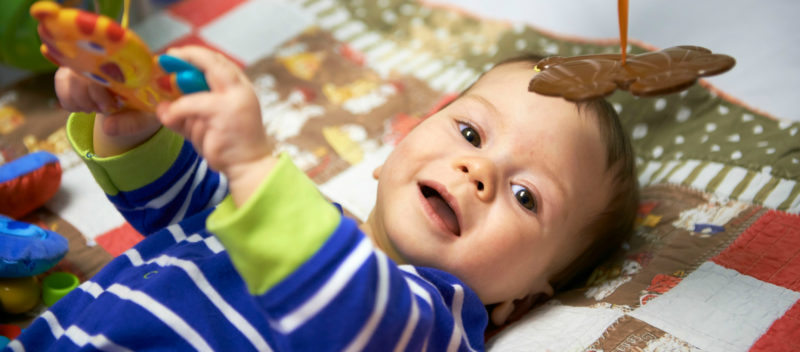When your child’s care provider recommends surgery or a diagnostic/imaging procedure which requires sedation or anesthesia, our team of anesthesia experts will evaluate your child and decide on the appropriate type of anesthesia or sedation.
While it is common in the hospital setting, sedating a child or teenager is never treated as routine. Because of advances in medications, monitoring and training, anesthesia is safer today than it ever has been. But pediatric and adult anesthesia are not the same, and neither are sedation and general anesthesia. It’s good to understand how they differ.
Several variables make pediatric anesthesia different from adult anesthesia. One is the incredible diversity of size and age of pediatric patients. Children have significant differences in growth and development both physically and emotionally. A 6-pound infant will have vastly different anesthesia needs than will a 180-pound teenager. And a fearless 3-year-old might react differently to an IV needle than a timid 10-year-old.
We take all of that into account when deciding what anesthesia will be best for each child. We also consider type, location and length of the procedure; the child’s overall medical history; allergies; medications; and any previous reactions to anesthesia.
How Are Sedation and General Anesthesia Different?
In talking about sedation and general anesthesia, it helps to think about levels of consciousness on a spectrum. At one end of the spectrum, the patient is completely awake with no sedation. At the other end, the patient is under general anesthesia and is fully unconscious. Sedation falls in between.
Sedation
In general, sedation is considered a “lighter sleep.” When under sedation, children are unaware of their surroundings, but might respond to stimulation, such as being asked to open their eyes. There are different levels of sedation: mild, moderate and deep.
Sedation is often used for minor procedures such as suturing a laceration in the Emergency Department. We also use sedation during non-painful procedures when children need to be still for long periods of time, such as during a long imaging procedure, most commonly MRI.
General Anesthesia
With general anesthesia, children are completely unaware of their surroundings and are not responsive to any stimuli. General anesthesia is typically used for surgery, but it is also commonly used outside the operating room.
A brief general anesthesia is often used for diagnostic procedures such as a flexible bronchoscopy, upper and lower endoscopy, bone marrow aspirate or lumbar puncture, as well as many longer MRI imaging procedures when the child is unable to lay still.
Q&A At a Glance
| SEDATION | GENERAL ANESTHESIA | |
| What type of relief is provided to my child? | Pain relief, amnesia (lack of memory during a procedure). | Pain relief, loss of consciousness, amnesia, muscle relaxation. |
| Who administers this type of anesthesia, and who will oversee my child during the procedure? | A physician anesthesiologist orders sedation; a nurse can administer it; a nurse monitors the patient. | A physician anesthesiologist administers general anesthesia or directs the anesthesia team which administers anesthesia. Team members include CRNAs (certified registered nurse anesthetists), pediatric anesthesia fellows (anesthesiologists who are undertaking additional subspecialty training), trainees such as an anesthesia resident. |
| How can this type of anesthesia be given to my child? | Oral, intravenous (IV), nasal, intramuscular injection | Breathing through a face mask, IV, PICC line, central line |
| What are the common side effects with this type of anesthesia? | Feeling tired or groggy | Feeling tired or groggy, nausea and vomiting |
| How will my child come out of the anesthesia? | Your child will likely be groggy or drowsy coming out of sedation. Your child will be closely monitored until fully awake. | Medication is often short acting, so your child may awaken quite quickly. As with sedation, your child will be monitored until fully awake. |
Please ask your care team at any time if you have questions about the type of sedation or anesthesia that will be used for your child’s procedure. In addition, we offer a Pre-Anesthesia Consultation Clinic (PACC) to all patient families, especially those whose children have complex needs.
Safety Is Our Utmost Concern
Sedation is a carefully monitored and regulated process. Practitioners must be certified in sedation and undergo rigorous credentialing. Both sedation and general anesthesia are safe and effective for children undergoing procedures, thanks to the medications we use as well as the skill and training of our anesthesia providers.

